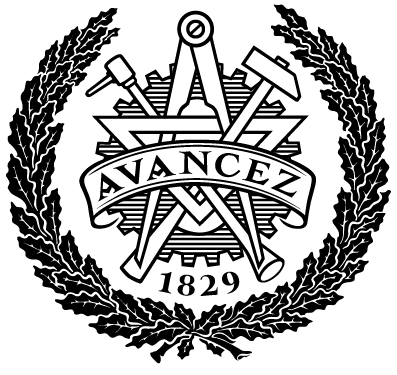Mariestad 2040; Mariestad and the 7 objectives of the municipality’s; detailed comprehensive plan 2040
Ladda ner
Publicerad
Författare
Typ
Examensarbete för masterexamen
Master's Thesis
Master's Thesis
Modellbyggare
Tidskriftstitel
ISSN
Volymtitel
Utgivare
Sammanfattning
The municipality of Mariestad is in its
most transformative phase since the
postwar era. The municipality estimates a
population increase from the current 25
000 to 40 000 inhabitants by 2040 in the
wake of new industrial establishments
and expansion, including the Volvo
Group’s battery cell factory.
In 2024, the municipality adopted the
Detailed Comprehensive Plan 2040
(DCP), providing a strategy for 7200 new
housing units in Mariestad. The DCP
identifies 7 objectives for Mariestad: the
close-knit (nära) town, the living town, the
safe town, the diverse town, the welldesigned
town, the green lakeside town,
and the proud town of the future.
The master’s thesis argues that these 7
objectives are connected to each other,
and strongly influenced by the first
objective, the close-knit town. The DCP,
however, suggests urban expansion with
areas consisting of 50-75% of singlefamily
homes to supply 3000-6000 of the
new housing units. This risks contributing
to urban sprawl, the opposite of the
close-knit town, and thereby
counteracting all 7 objectives.
The design presented in the master’s
thesis aims at shaping an alternative plan
for Mariestad which more closely aligns to
the 7 objectives of the municipality’s
Detailed Comprehensive Plan. The design
distinguishes several centrally located
areas possible areas for new
development for 12 000 new residents
within 2 km of the town center in
Mariestad without exceeding a floor
space index of 1.2. The sites of Yttre
Hamnen, Katthavet, Marieforsleden,
Tidan’s Kvillar, Norra Katrinefors,
Electrolux and Tidan’s Västra Strand are
described in more detail, where the
density of the site and its role in the town
as a whole is explored.
The design unlocks dormant qualities
around the river Tidan and the former
Electrolux factory, connecting the town
over the water and providing pleasant
public space to stimulate urban life, while
also creating new flows through the
historical town center, Gamla Stan, in
order to stimulate urban life. Space syntax
analysis identifies that the design
improves the centrality of Gamla Stan.
The proposed development is on land
currently occupied by open grassland, car
infrastructure or sprawling industries. This
risks causing higher initial investments in
groundwork, relocation of industries and
a decreased car capacity. This is deemed
as reasonable trade-offs to the increase in
qualities of the 7 objectives generated by
the design. By investing in the close-knit
town and the qualities which follow,
Mariestad improves its chances of thriving
independently from the future of the
Volvo battery factory.
Beskrivning
Ämne/nyckelord
close-knit town; densification; sprawl; comprehensive plan; Mariestad
